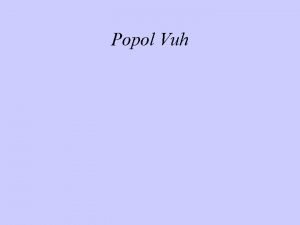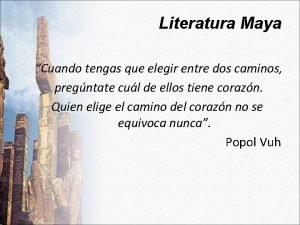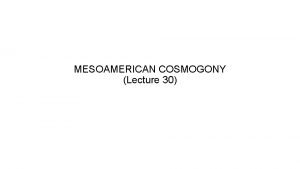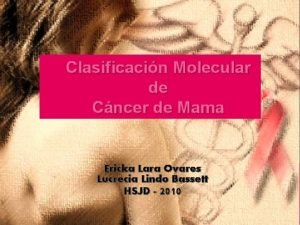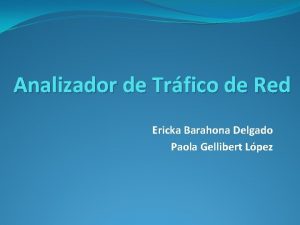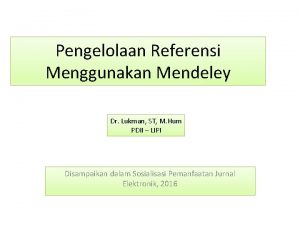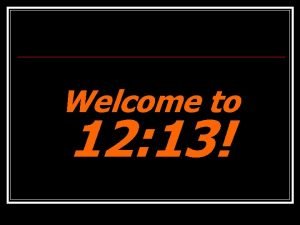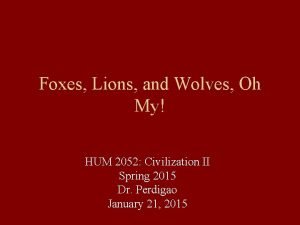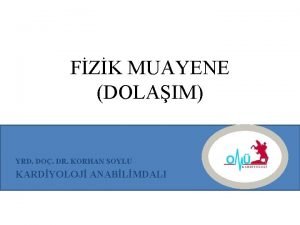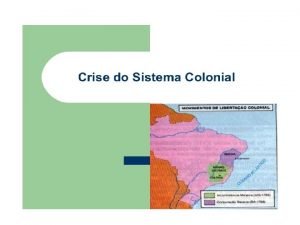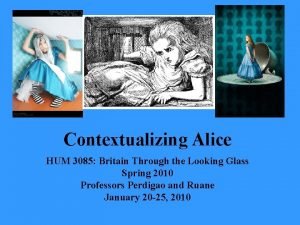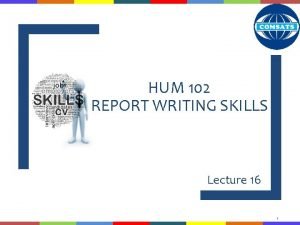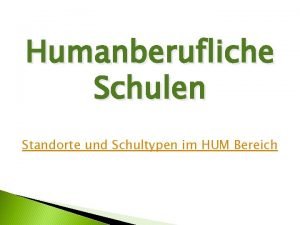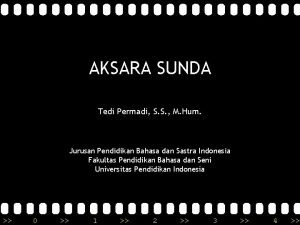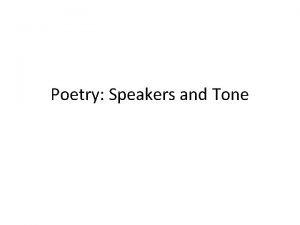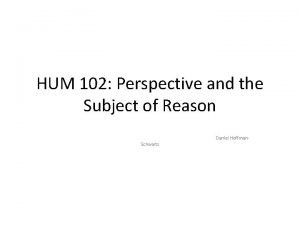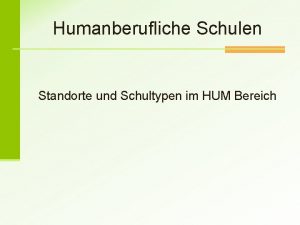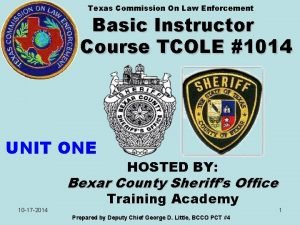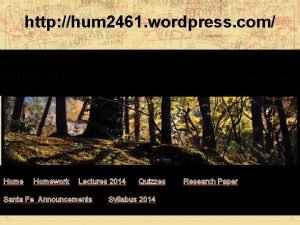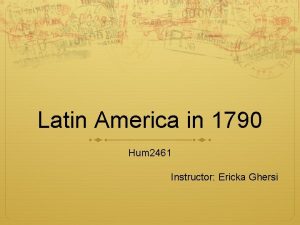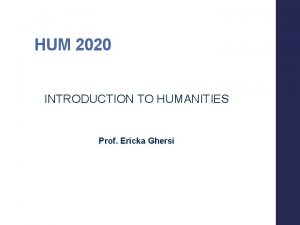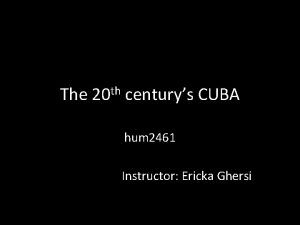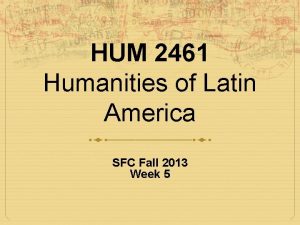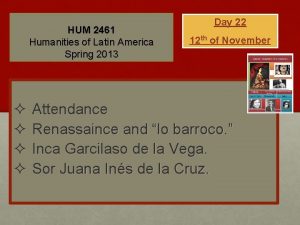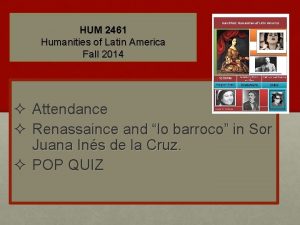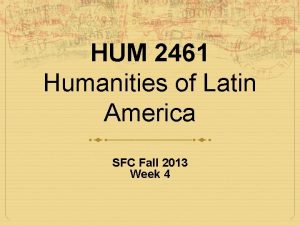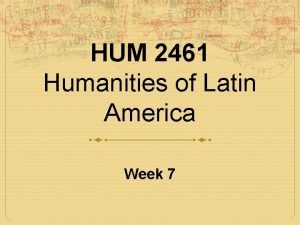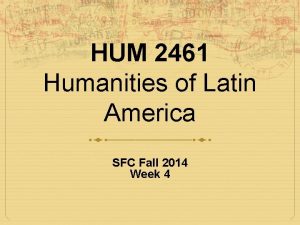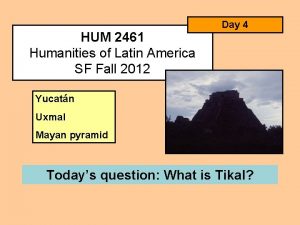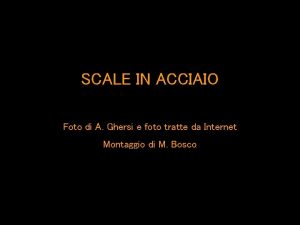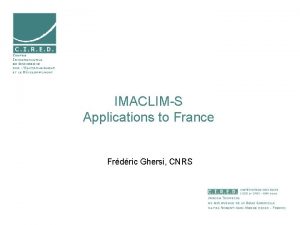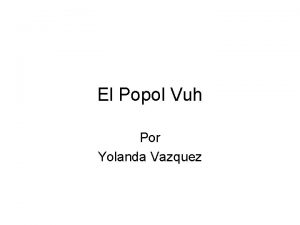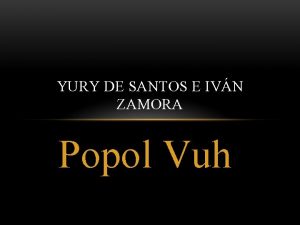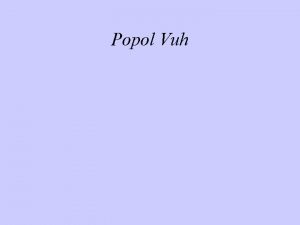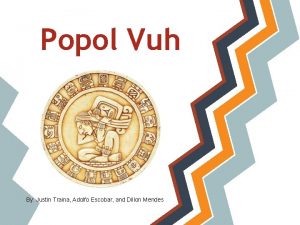hum 2461 Instructor Ericka Ghersi hum 2461 Popol
























- Slides: 24

hum 2461 Instructor: Ericka Ghersi



hum 2461 Popol Vuh: Original manuscript written in classical Maya Quiché (Santa Cruz Quiché). It containes mythological stories along with a genealogy of the rulers of the Late Classic Mayan kingdom in the highlands of Guatemala. Creation and twin boys: Hunahpu and Xbalanqué.

Location

Popol Vuh The oldest literary/religious printed work in Latin America (16 th Century edition). Oral text (between 2500 B. C. E. and 1550 C. E. ) Heroic literature: Epic poem. Maya Quiché people (Guatemala Highlands). Religious (creation and gods). Popol Vuh is a "gift of Quetzalcóatl (i. e, Gucumatz) to humans".

Book's time (from ancient, mythical origins to our sixteenth century). It is the key sacred book of the Mayas. Popol Vuh has “authority”: Its episodic structure has coherence, order, scope, unity, and high seriousness of meaning and purpose. Attempts to express the sacred and historic totality of the Maya place on Earth and the Maya Epoch.

Narrates the mythology and legends relating to the four cycles of the creation in the Mayan world. The first cycle refers to the wood men puppets (ending on line 820). The second cycle ends on line 1674 and ends with the destruction of 7 Parrot (Vucub-Caquix) and his two sons (Zipacná and Cabracán). The third cycle ends when the hero twins become the sun and the moon (up to line 4708). And the fourth cycle covers half of the entire text. It deals with humans (i. e. , men) learning who to pray and to worship the Heart of Heaven. This last cycle covers the period from the first Fathers to the present (i. e. , the year 1550).

Scholars – – – Toltec and Aztec influences in the text. Military and religious terminology from Toltec and Aztec civilizations. According to their legends, the Quiché people originally came from Tula, the heart of the Toltec people.

Notes on the languages Popol Vuh is written in the Latin-derived alphabet ("i" for "y"; "v" for "w"). Vowel length in Quiché is phonemic (double vowels in the text) Quiché has glottal consonants (', b, ch', k', q', tz'). The palatal stop is ("k") different from the uvular stop ("q"). Quiché Maya has been studied for almost 500 years.

Notes on the languages It is rich in adverb-like uninflected particles. Tense and number are not as specific as in English. Moreover, the Popol Vuh text did not separate words carefully, which has made interpretation hard, to say the least. The stress is usually on the final syllable. The glottal stop series (see next slide) is one of the richest and most distinctive elements in the language.

The writers of the Popol Vuh


System of Writing Our Alphabet contains varius combinations of only 26 signs. By contrast, Maya language contains nearly 800 signs. Each sign represents a full syllable. That kund of list of signs is called a Syllabary, not an Alphabet.


"writing" (tz’ib’) + "he who writes" (ah tz’ib’) ___________________ It is a description of the act of writing

This is the root of the former word. Here is Quiche by name. Here we shall write then, Are, u we 'oher tzih. Varal K'iche, u bi. Varal x chi qa tz'ibah vi, We shall start out then, the former words, X chi qa tikiba vi 'oher tzih, The beginnings U tikaribal And the taproots U xenabal puch Of everything done in the Quiche town, R onohel x ban pa tinamit K'iche,

THE PARIS CODEX

THE GROLIER CODEX

THE DRESDEN CODEX

THE MADRID CODEX

The twin brothers: Hunahpu and Xbalanqué.

Sources: http: //www. authenticmaya. com/maya_writing. htm http: //hum 2461. wordpress. com/syllabus http: //people. sfcollege. edu/william. little/hum 2461 ho me. htm

Always check your: www. hum 2461. word press. com the end
 Sfc-2461
Sfc-2461 Ericka simpson md
Ericka simpson md Cronologia del popol vuh
Cronologia del popol vuh Slidetodoc.com
Slidetodoc.com Popol vuh definition
Popol vuh definition Ericka lara
Ericka lara Ericka castro pack
Ericka castro pack Dr lukman st m hum
Dr lukman st m hum Hum 101 art appreciation
Hum 101 art appreciation Abe hum pen thin height
Abe hum pen thin height Oh so hum
Oh so hum Louis açısı
Louis açısı Conjuração mineira resumo
Conjuração mineira resumo Ho hum when he's finished pecking
Ho hum when he's finished pecking Alice hum
Alice hum Mkm.m
Mkm.m Hum 102
Hum 102 Hum schultyp
Hum schultyp Aksara sunda panyecek
Aksara sunda panyecek The speaker in a poem
The speaker in a poem Hum 102
Hum 102 Hum schultyp
Hum schultyp Basic instructor course #1014
Basic instructor course #1014 Naismith was an instructor of
Naismith was an instructor of Cisco instructor certification
Cisco instructor certification


